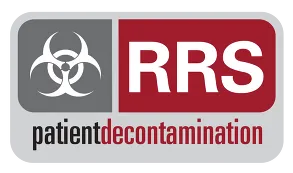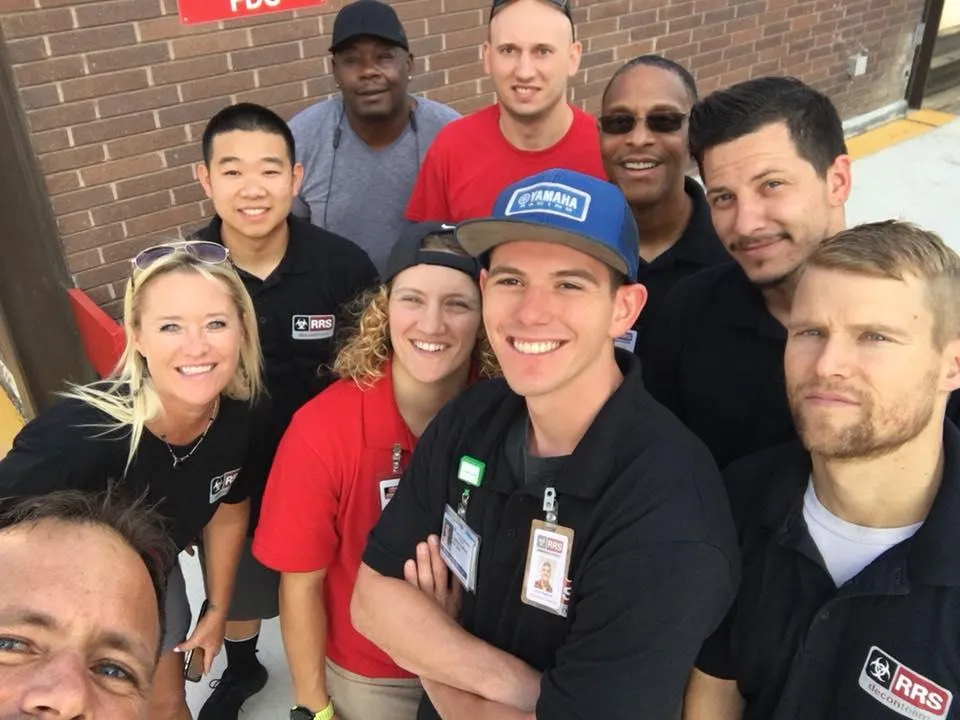
The Science of Patient Decontamination – Best Practices from Industry Leaders
Decon’s Not Guesswork—Here’s What the Pros Know
If you’re in Emergency Management, then you’ve talked with a hospital who swore their decon plan was “fine”—until a drill showed it was stuck in the stone age. Gear was off, steps were a mess, and they’d have been toast in a real spill.
Here’s the deal: patient decon science isn’t some dusty textbook—it’s alive, shifting, and the best hospitals keep up. They’re not winging it; they’re dialed into what works, straight from research and the front lines.
In this post, we’ll unpack 4 best practices from industry leaders—stuff we’ve picked up from the trenches—so you’re not the one sweating when chaos knocks.
Ready? Let’s dig in.
1. Head-to-Toe, Clean-to-Dirty—There’s a Flow
Ever seen a team decon a patient like it’s a free-for-all? Chaos waiting to happen.
The leaders follow a golden rule: head-to-toe, clean-to-dirty.
Start up top—keeps junk from dripping down—then hit the least messy spots first, saving the hot zones for last.
Runoff?
Catch it, don’t let it flood the ED.
Studies back this—it cuts cross-contamination big time (CDC Guidelines, 2019).
Your Move: Drill this ‘til it’s muscle memory—no guesswork, just flow.
2. Temp Matters—Don’t Freeze or Fry ‘Em
Here’s a story: a kid came in after a spill, and the crew blasted ice-cold water—hypothermia hit fast. Hot water? That can soak chemicals deeper into skin.
The science says tepid’s the sweet spot—85-95°F—especially for kids or special needs patients.
Industry pros keep showers dialed in, balancing safety and speed (The Joint Commission Resources, 2019).
Your Move: Check your decon temps—your team’s gotta know the knob.
3. PPE Doffing’s Where It Goes Sideways
I’ve seen hospitals nail putting PPE on, but taking it off? That’s where it flops—over 50% of contamination sneaks in during doffing, per research (American Journal of Infection Control, 2020).
The best crews treat it like a ritual: step-by-step, buddy system, no rushing.
It’s not just gear—it’s how you ditch it.
Your Move: Train the strip-down as hard as the suit-up—exit’s half the battle.
4. Calm the Mind, Not Just the Mess
Decon’s not just hoses and gloves—it’s people. I’ve watched patients panic, thrashing or freezing up, turning a quick job into a circus.
Top hospitals bake in psych first aid: calm voices, clear steps, privacy screens if they can swing it.
Studies show it’s science—reassurance boosts cooperation, cuts chaos (Disaster Medicine and Public Health Preparedness, 2017).
Your Move: Make “steady now” part of the drill—happy patients, smoother decon.
End Note: Stay Ahead—or Pay the Price
If your decon playbook’s stuck in 2010, you’re behind. The best don’t wing it—they lean on science, tweak their moves, and keep gear humming.
Compliance with OSHA and The Joint Commission? Locked.
Response times? Sharp.
Patient safety? Solid.
Want in on this? RRS is your co-pilot!
Our 24/7 pros and training bring these best practices to your door, no sweat.
Grab your free consult and let’s see where you stack up.
📞 Schedule a Free Compliance Consultation
Article Sources
Here’s sources to dive deeper:
OSHA. (2005). Best Practices for Hospital-Based First Receivers. https://www.osha.gov/sites/default/files/publications/OSHA3249.pdf
CDC. (2019). Guidelines for Environmental Infection Control in Health-Care Facilities. https://www.cdc.gov/infection-control/media/pdfs/guideline-environmental-h.pdf?CDC_AAref_Val=https://www.cdc.gov/infectioncontrol/pdf/guidelines/environmental-guidelines-P.pdf
Joint Commission Resources. (2019). Emergency Management in Health Care. https://www.jcrinc.com/ (General resource—specific temp data widely cited).
American Journal of Infection Control. (2020). “Minimizing contamination in the use of personal protective equipment: Simulation results through tracking contamination and enhanced protocols” https://www.ajicjournal.org/article/S0196-6553(20)30970-6/fulltext
Disaster Medicine and Public Health Preparedness. (2017). Psychological First Aid in Decon. https://www.cambridge.org/core/journals/disaster-medicine-and-public-health-preparedness



